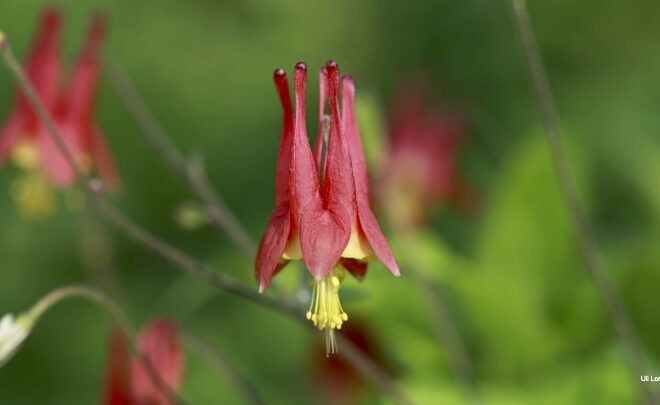
courses from philadelphia gardens, with nicole juday and rob cardillo
[ad_1]
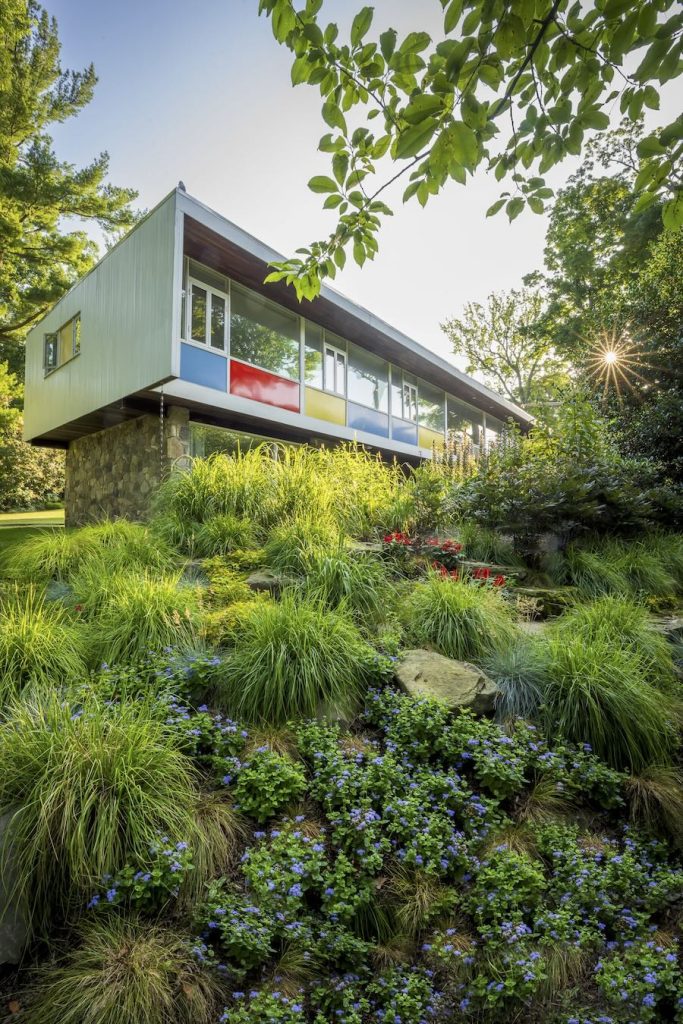 THE AREA spherical Philadelphia is well-known for its richness of public gardens, along with many historic ones. Nonetheless the world may be dwelling to a formidable roster of distinctive private landscapes, from formal nineteenth century European-style estates to mid-century trendy residences and updated ones. Now, a model new information takes us contained within the gates of 21 of them, places filled with ideas for our private gardens maybe, too.
THE AREA spherical Philadelphia is well-known for its richness of public gardens, along with many historic ones. Nonetheless the world may be dwelling to a formidable roster of distinctive private landscapes, from formal nineteenth century European-style estates to mid-century trendy residences and updated ones. Now, a model new information takes us contained within the gates of 21 of them, places filled with ideas for our private gardens maybe, too.
“Private Gardens of Philadelphia” (affiliate hyperlink) is the model new information from yard creator Nicole Juday and photographer Rob Cardillo, every of them Pennsylvania gardeners of their very personal correct. Its pages welcome us proper right into a rich world of horticulture and panorama construction, and they also shared with me a number of of what they observed and found in creating the information.
Plus: Enter to win a reproduction of the information by commenting inside the discipline near the underside of the net web page.
Be taught alongside as you be all ears to the May 6, 2024 model of my public-radio current and podcast using the participant beneath. You can subscribe to all future editions on Apple Podcasts (iTunes) or Spotify (and browse my archive of podcasts proper right here).

 philadelphia gardens, with nicole juday and rob cardillo
philadelphia gardens, with nicole juday and rob cardillo
Margaret Roach: Oh, boy, there’s merely loads magnificence and loads to be taught from finding out and looking on the information. So merely to get started, I protect questioning why this area spherical Philadelphia? [Laughter.] On account of I suggest, not method again I be taught a information regarding the DuPont family gardens inside the Brandywine Valley, in that exact same area, and now proper right here’s your information.
And what are the forces that you just guys suppose made this area so horticulturally rich? I do know inside the information you say one factor like, “It’s the northernmost southern metropolis, and the southernmost northern metropolis.” That made me chortle (and I questioned if I was going to have the power to get that out with out getting it flawed).
Nicole Juday: Properly, it’s a question that I have been pondering over for a number of years because of I’m not from Philadelphia. And after I obtained proper right here, I was astonished by the number of public gardens—after which as I turned additional involved in gardening, private gardens. And this information was the excuse or various to do a extraordinarily deep dive into making an attempt to unpack somewhat bit little bit of some of the elements, anyway, that each one conspired to make gardening expressed truly just about at its highest variety in Philadelphia.
And to not say that there aren’t fantastic gardens elsewhere, because of there positively are in a lot of areas. Nonetheless there truly is a spotlight proper right here. And there is a custom of horticulture that is pretty sturdy proper right here. Now we have now a variety of horticultural institutions. Now we have now college-degree packages focused on horticulture along with certificates packages.
Nonetheless I obtained truly interested in a number of of the historic elements that led Philadelphia to have such a spotlight of gardens. And a form of which may be fascinating to your viewers is that Philadelphia, which is not a really prosperous metropolis presently, was extraordinarily wealthy correct all through that golden age of horticulture. Whilst you think about the robber barons and the massive industrialists, and there was loads money to be made in Pennsylvania primarily by exploiting its pure sources inside the late nineteenth and early twentieth century: unimaginable deposits of coal by most of Pennsylvania, picket that is perhaps made into charcoal, which then is perhaps made into iron after which steel, after which these used for the tracks for these railways. There have been a variety of good railway fortunes.
And this was all occurring on the same time that having an excellent yard, even for many who didn’t considerably care about gardens was merely one factor that wasn’t truly even socially fascinating, however it certainly was just about like a prerequisite.
Margaret: Correct. Properly, and I imagine that the European customized, and naturally a lot of the people who acquired right here and settled, clearly of European origin and so forth. So that was a conference that was just about imported, in a method, yeah. Rob, did you develop up there? Are you from the realm?
Rob Cardillo: I’m a transplant moreover, from Pittsburgh. There was just about no precise horticulture, a minimal of after I used to be rising up. So after I acquired right here to Philadelphia, I was merely overwhelmed by the number of public gardens and arboreta, after which in the end started discovering the private gardens, which might be just some fantastic gardens. And I had thought for years {{that a}} information about these private gardens could possibly be nice.
I had accomplished a information on private gardens of South Florida a few years once more with Jack Staub, and I found it to be truly… It was nice, nonetheless I saved pondering, “Why isn’t there a similar information on Philadelphia?” I suggest, our gardens look like somewhat bit bit additional reality-based than Florida, and additional conscious of conservation and additional linked to historic previous. And so the idea for this information was really a few years inside the making.
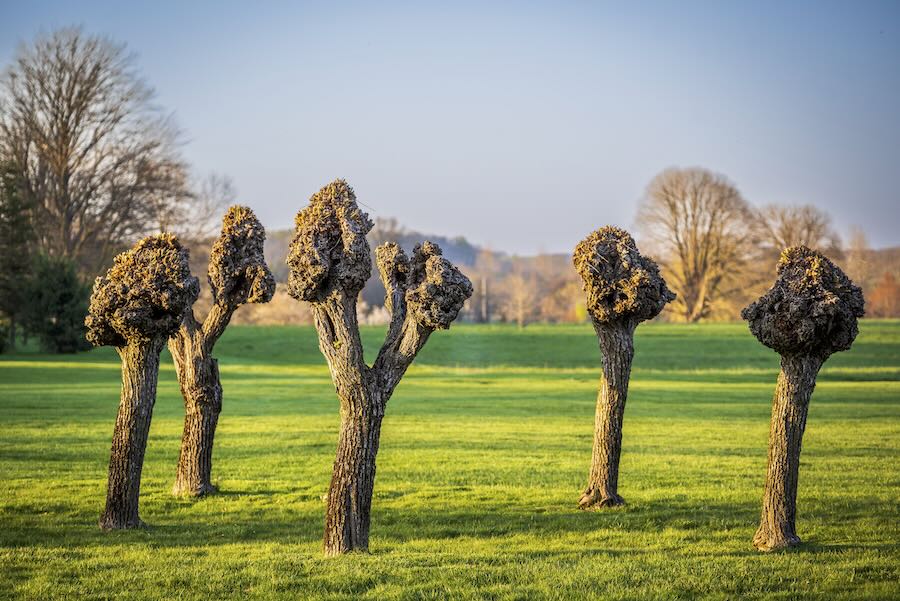
 Margaret: Yeah. So the information the truth is reveals and tells the tales of these gardens and their makers, and in some circumstances their historic previous, counting on whether or not or not they’re a number of of the older gardens. Nonetheless inside the pictures and the phrases, I found a variety of ideas, of kind of courses, as I discussed inside the introduction, for gardens and gardeners elsewhere as correctly. And I assumed maybe we’d highlight a number of of those.
Margaret: Yeah. So the information the truth is reveals and tells the tales of these gardens and their makers, and in some circumstances their historic previous, counting on whether or not or not they’re a number of of the older gardens. Nonetheless inside the pictures and the phrases, I found a variety of ideas, of kind of courses, as I discussed inside the introduction, for gardens and gardeners elsewhere as correctly. And I assumed maybe we’d highlight a number of of those.
And it was fascinating because of a number of of them had been merely little ideas that merely rang a bell in my memory of 1 factor that I was like, “Oh, yeah, I must do additional of that.” And I imagine the gardens, you inform the title of town that each one is inside the headline. And I imagine one is in Coatesville, is that the best way you say the place? There was these pretty pollarded willows in Coatesville [above], and even the outdated stump of a willow resprouting. And easily these fairly easy points that anyone may do however it certainly merely had been accomplished and had been maintained for years. And it was merely nice. And I merely thought, “Why don’t all of us do additional of that?” That’s not expensive and it’s not subtle, and it merely requires consistency [laughter].
So which thought-about one among you wants to start out out and inform me one factor that you just observed that caught with you or that you just suppose completely different of us would revenue from?
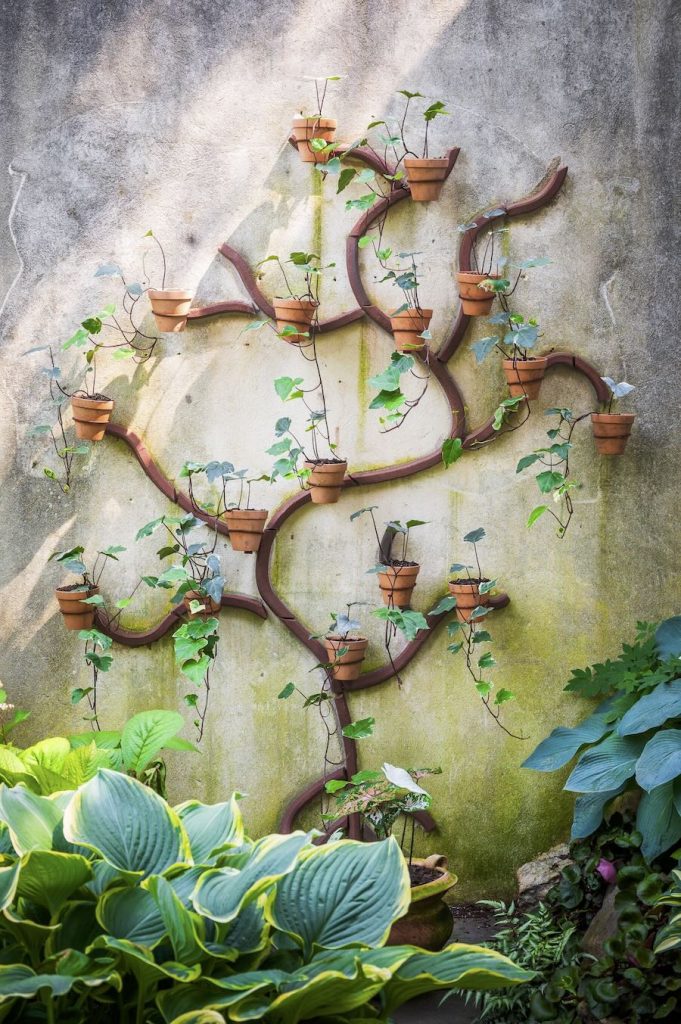
 Nicole: There have been fairly a number of points that I actually really feel like I took away from the mission, and some which have truly modified my very personal gardening. And an easy one which I’ve paid loads additional consideration to since discovering out these gardens, is that I now have an arborist come as a lot as my yard inside the winter and do structural pruning on youthful timber. Timber like a Cornus mas, a Cornelian dogwood, crape myrtles. One thing that merely benefits from being fashioned whereas it’s youthful. It’s not expensive, after which it merely pays off for the lifespan of that plant. And one issue that was very fixed amongst these gardens that had been wildly completely completely different in measurement and magnificence and cultivation, was of us had invested early in getting their woody crops fashioned beautifully. That’s probably the plain one.
Nicole: There have been fairly a number of points that I actually really feel like I took away from the mission, and some which have truly modified my very personal gardening. And an easy one which I’ve paid loads additional consideration to since discovering out these gardens, is that I now have an arborist come as a lot as my yard inside the winter and do structural pruning on youthful timber. Timber like a Cornus mas, a Cornelian dogwood, crape myrtles. One thing that merely benefits from being fashioned whereas it’s youthful. It’s not expensive, after which it merely pays off for the lifespan of that plant. And one issue that was very fixed amongst these gardens that had been wildly completely completely different in measurement and magnificence and cultivation, was of us had invested early in getting their woody crops fashioned beautifully. That’s probably the plain one.
I assumed there have been a variety of truly fascinating courses in how of us use objects of their yard. There are some gardens inside the information that mainly have little or no in one of the best ways of ornament [above] and that one thing that’s not residing could possibly be one factor utilitarian like a wooden tuteur to develop roses up, or solely a simple picket fence. After which there have been completely different gardens that made lavish use of found objects as decorative elements and sculptures. And some of those had been essential sculptures and some of it was of us discovering points that they most popular, like an outdated piece of enterprise gear, and putting it of their yard. Or making one factor themselves out of some low cost provides. So it gave me a broader sense of how ornament may be utilized on this sense, and objects. And the equivalent with constructive and hostile space, too.
Margaret: As one different thought?
Nicole: Yeah. And the best way there aren’t very many gardens which have a variety of open space between crops inside the information. And I assumed that that was fascinating. And the best way of us kind of carried out off the void of a backyard or a gravel yard with then one factor truly lavish by means of a planting plan.
Margaret: Yeah, and I imagine a variety of cases we predict we now should plant up each half. And likewise you’re correct, the choice, having the antithesis of it makes the lushness over there seem additional thrilling in a strategy. So, Rob, what about you?
Nicole: You talked about it larger than me.
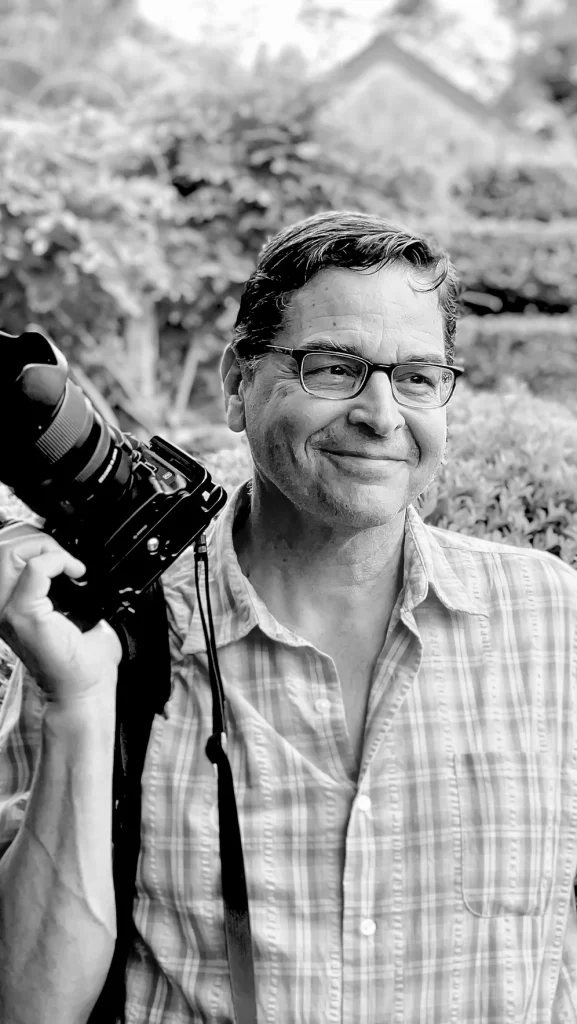
 Margaret: Properly, no, nonetheless Rob, what about you? Have been there points that mainly… And likewise you come at it with a novel eye, not merely as a gardener, nonetheless as a photographer. And likewise you’ve photographed, oh my goodness, I can’t even take into consideration what variety of unimaginable gardens by the years, and what struck you notably?
Margaret: Properly, no, nonetheless Rob, what about you? Have been there points that mainly… And likewise you come at it with a novel eye, not merely as a gardener, nonetheless as a photographer. And likewise you’ve photographed, oh my goodness, I can’t even take into consideration what variety of unimaginable gardens by the years, and what struck you notably?
Rob: Properly, that’s fascinating. And what struck me, is unquestionably I’ll piggyback somewhat bit bit on what Nicole talked about, was that the utilization of ornaments and objects can add a variety of character to a yard. They develop into important focal components, notably in the event you’re dealing with naturalistic plantings. It seems as if it calls out for one factor to solely preserve the eye somewhat bit longer.
And even growing on {{that a}} bit, I do know one among many gardens, there’s one in Frenchtown the place the woman who’s, I imagine she’s a trial lawyer now, nonetheless she was an inside decorator, decided to paint her outbuildings certain colors that can match the flowering timber. Her barn is painted partly pink, like a pink Aesculus [below] that blooms shut by. Or there’s a fragile white she makes use of behind a number of of her hydrangeas. And there’s a pleasing gray that enhances her flowering wisteria. And I merely realized how a lot of folks don’t truly ponder that after they’re painting out of doors, which you would really resolve up the colors from the yard and put them on the partitions.
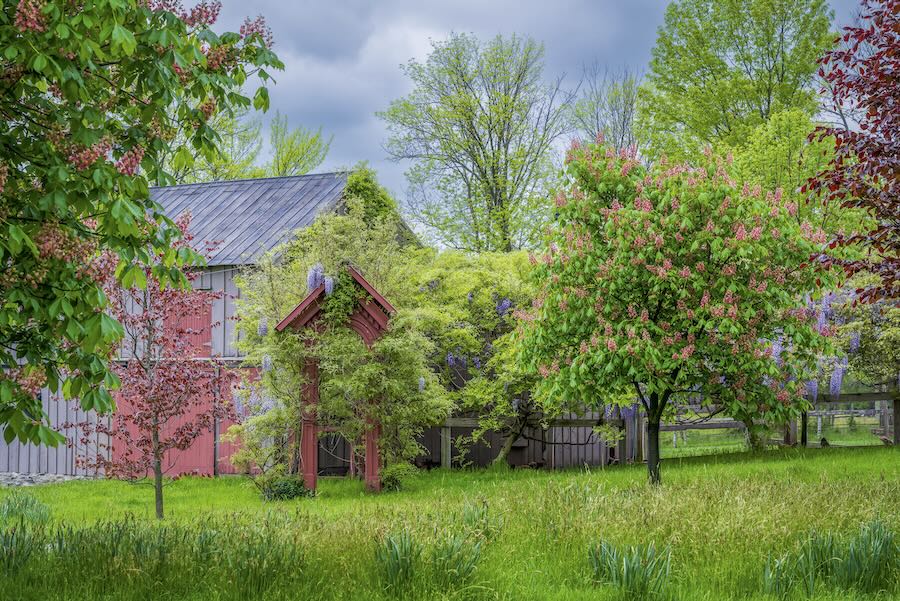
 Margaret: Yeah, that’s fascinating you say that, because of one among many gardens that struck me, and I don’t know for you two what you thought, and I don’t know discover ways to say the place, Rydal, is that the best way you say it? How do you say town?
Margaret: Yeah, that’s fascinating you say that, because of one among many gardens that struck me, and I don’t know for you two what you thought, and I don’t know discover ways to say the place, Rydal, is that the best way you say it? How do you say town?
Nicole: Rydal, certain.
Margaret: Rydal. There was a mid-century trendy dwelling [photo, top of page]. And likewise you stage out, Nicole, inside the information, you stage out that everyone knows what a Victorian yard is supposed to look like, and we might know what certain completely different interval gardens are alleged to look like—a colonial yard. Nonetheless we don’t know what a mid-century trendy yard is supposed to look like.
And other people of us, like what you had been merely saying, Rob, they picked up on a number of of the color points. That they’d these panels of color on the aspect of the house, after which they planted certain of the annual points and completely different points inside the beds that picked up on these colors. Blue and pink I imagine had been two of the colors, they’d have giant swaths of blue and pink inside the beds along with on the aspect of the house.
They normally used that Corten steel, these beds. I’m just about so envious of those. It looks like rusty metallic, however it certainly’s this extraordinarily sturdy steel which may be bent and made into—they’d like amoebic-shaped, all these interesting-shaped, mod-looking beds. As soon as extra, it picked up on the mannequin. I beloved that. You already know the place the truth is and likewise you almost certainly may describe it larger.
Rob: No, that’s Craig Wakefield and he is a mid-century fanatic. I imagine he redid the house first, and maybe Nicole can improve on that, nonetheless his complete dwelling was redone to duplicate or to revive it once more to a mid-century look. After which he decided to make the gardens in that type. Which you’re correct, there’s no customized of mid-century gardening. So it was nice to see. I imagine it was very revolutionary and clever.
Margaret: Yeah. After which the plantings had been good, too.
Nicole: He was inspiring to me because of he had been so fastidious in restoring the house to exactly the way it might’ve been, would’ve appeared, when it was constructed inside the late ’40s. After which with the yard, he merely let himself go completely free and easily have the yard that he wished. And what I like about that yard, amongst many points, is that sturdy use of color. And trendy construction won’t be alleged to be very swish or welcoming; that’s not the aim of it. Nonetheless he’s placed on this yard, and notably his use of ornamental grasses which have such unimaginable movement persistently, after which this very static rigid development behind it, one of the best ways that the panorama and the construction play off each other is unbelievable.
Margaret: Yeah. After which as soon as extra, these steel beds. In order that they’re very sturdy, nonetheless they’re, as soon as extra, the shapes are somewhat bit delicate, I imagine, at a number of of the perimeters. So it’s like this hard-soft issue. It was fulfilling. It was truly fulfilling to see the experiment that was taking place there. Nonetheless I do love, to pick out up on Rob’s stage, the idea that we are going to think about color, and color each being impressed by the color of our dwelling after which using that inside the yard or vice versa, and that that’s a way to anchor points larger.
So Nicole, do you would have one different “aha,” was there one factor else that mainly caught out?
Nicole: Properly, of us had taken some pretty creative and really attractive measures to deal with stormwater, which is popping right into a a lot larger and larger topic. I didn’t pretty perceive that every one by our space in Philadelphia, in some places there aren’t a variety of restrictions spherical what you’ll and may’t do. Nonetheless however completely different areas which have a additional delicate watershed, this may be very restrictive of how loads you’ll assemble, how loads open space you need to go away, what kind of mitigation measures you need to put into place.
And so of us had accomplished truly fascinating points from very sophisticated rain yard strategies to a dry streambed that can have the aptitude of channeling water when it comes by, to planting a variety of timber in moist areas or meadow plantings. Which in some circumstances made land that hadn’t been usable in a extremely very very long time, because of it was too moist when it flooded, into space that you would probably really stroll on or play on or journey your horse on. So that was fascinating. And I imagine that there are particulars regarding the kind of interventions that people took to maintain a number of of those challenges.
Margaret: There was one in Wayne, Pennsylvania, that had a sequence of rain gardens to maintain the difficulty with the moist. Nonetheless inside the pictures a minimal of, congratulations to Rob, I didn’t check out it and go, “Oh, it’s a bunch of rain gardens to unravel the difficulty of wetness.” It was merely pretty, you already know what I suggest? So the experience, if we have to identify rain gardens experience, that approach was used, nonetheless in a extremely pretty strategy. So it’s wise and pleasant. And I imagine that’s what we, as gardeners, we now should unite the two points, not merely the aesthetic however as well as the wise in these fast-changing cases, in these troublesome, stunning cases.
Rob: That’s true. And actually in that yard notably, the rain gardens aren’t merely merely pits or depressions, nonetheless there are extraordinarily engineered items of pipes beneath in certain sorts of soils so that each half drains out in a extraordinarily simple strategy. And it takes maintenance, too, they should be cleaned out I imagine yearly so, all the particles. So it’s not solely a simple rain yard, it’s somewhat little bit of engineering to get it to work.
Margaret: There was one different one, any person I haven’t seen in a lot of, a number of years, Charles Cresson, who’s been gardening a really very long time in that area, a broadly recognized gardener, and the best way he manages to have so many different crops versus giant drifts or multiples of a smaller palette of crops, and however it hangs collectively. Can we focus on that somewhat bit bit? On account of I imagine that’s a problem. Quite a lot of us have that collector inclination, we have to get, “Ooh, check out that. Take a look at that. Oh, I must get that. I would like to try this. I would like to try that.” And it could probably merely get to be a mess, correct? A bunch and by no means a yard. And however he manages it, how does that work?
Nicole: Properly, I actually really feel that because of that’s my very personal personal downside with gardening. Have you ever ever heard this phrase “drifts of 1”?
Margaret: Certain. Drifts of 1, exactly [laughter].
Nicole: And Charles’s Yard is totally a collector’s yard. And Rob, I’ll be curious what you suppose. I suggest, one is that he does have an actual assortment yard the place he’ll have multiples of a genus or a species and put them in some areas in proximity to 1 one different so that it’s not completely discordant or disconsonant. So the camellias are multi perform area, though it could be 50 varieties. And he collects courses—so rock gardens, bonsai—and may group them collectively. I imagine that helps. Rob, what do you suppose?
Rob: I imagine it helps, too. I imagine it helps that he gardens probably larger than anybody I do know. I suggest, he’s available on the market persistently. Just about day-after-day I’m going to the gardens, he is there. He works truly exhausting. He has some helpers. And I imagine he’s on excessive of each half and his eyes is good, and he can see the place points aren’t working. And he’s not afraid to maneuver points and shift points spherical. He’s fanatical, and I like that in a gardener.
Margaret: [Laughter.] It helps to be fanatical. I like what you had been saying, Nicole, regarding the grouping, the camellias grouping, the irrespective of. It rings a bell in my memory of gardens that I truly beloved in visiting English gardens years and years previously. I was considering go see all of the well-known, what they in some circumstances known as order beds or taxonomic beds or systematic collections, the place related crops had been put collectively. Usually it was by family of crops, all the aster members of the family had been put collectively or irrespective of. The entire grasses had been put collectively. Nonetheless I beloved seeing that because of it would nonetheless be pretty. It didn’t ought to look purely scientific. It would nonetheless be accomplished with magnificence. And so yeah, that’s an incredible description. Each different ones? Who must say one different aha, or just highlight?
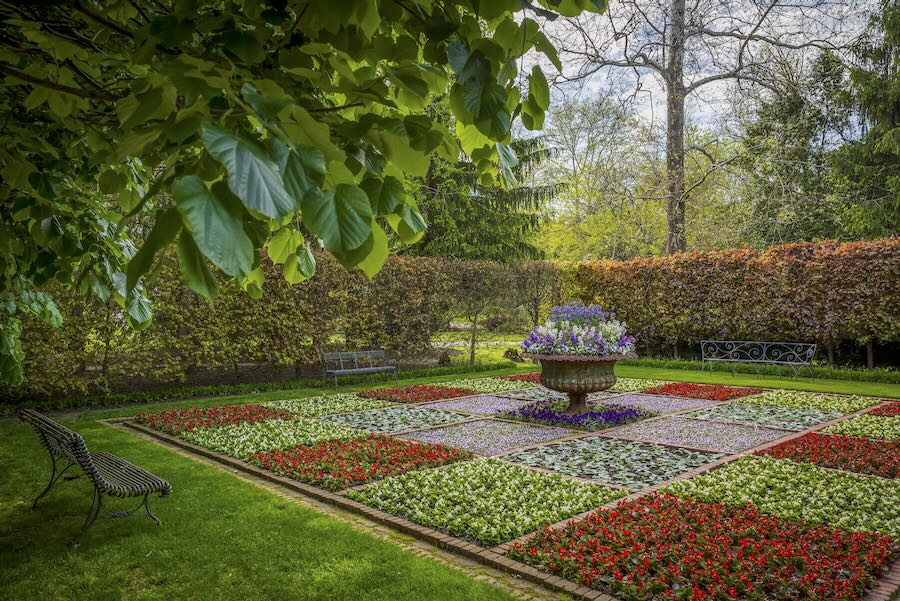
 Rob: One which merely retains coming once more to me and possibly, I suggest it’s one factor probably everybody learns early on: It’s the sweetness and futility of symmetry. Attempting to make one factor symmetrical in your yard [above] and having it mirrored on the other aspect is just… In your ideas’s eye, it could probably look truly pretty until one factor dies or is stunted or should be pulled, and you then definately’re sort of caught. And it’s a shame in the event you see gardens the place a boxwood has succumbed to at least one factor and it’s a missing tooth inside the yard. So I imagine instead of symmetry, people are shifting additional in path of a dynamic steadiness. One factor that will have some symmetry, however it certainly’s not a direct symmetry. It’s not a mirrored symmetry.
Rob: One which merely retains coming once more to me and possibly, I suggest it’s one factor probably everybody learns early on: It’s the sweetness and futility of symmetry. Attempting to make one factor symmetrical in your yard [above] and having it mirrored on the other aspect is just… In your ideas’s eye, it could probably look truly pretty until one factor dies or is stunted or should be pulled, and you then definately’re sort of caught. And it’s a shame in the event you see gardens the place a boxwood has succumbed to at least one factor and it’s a missing tooth inside the yard. So I imagine instead of symmetry, people are shifting additional in path of a dynamic steadiness. One factor that will have some symmetry, however it certainly’s not a direct symmetry. It’s not a mirrored symmetry.
Margaret: It’s not like a parterre, a four-square, formal kind of old-style yard, yeah.
Rob: Yeah.
Margaret: O.Okay. And Nicole, one different thought?
Nicole: Let me see if I can articulate this. Nonetheless probably primarily probably the most, to me, profound issue that I nonetheless think about since ending this information is how of us could possibly be truly good at doing one factor, terribly proficient, nonetheless then you would probably take it to the next stage which is to have the power to articulate why it is that you simply’re making the options that you just’re making aesthetically and alongside along with your design. And that’s one factor that I have been harmful at doing in my very personal comply with of gardening.
For many who had been to ask me, “Why would you like alpine gardens loads?” I don’t know, I merely do. I actually really feel choose it. I benefit from them. Nonetheless no, it appears I just like the idea of worlds inside worlds in a yard. And I wouldn’t have been ready to articulate this if I hadn’t spent loads time talking to people who had been so good at framing what it was they’d been doing of their yard and why.
And I’d kind of encourage anyone who’s truly into gardening and as well as doesn’t actually really feel very articulate, like I usually don’t, to solely comply with even in your particular person head of putting your impulse into an exact thought-about why it is that you just’re doing what you’re doing. On account of it’s a self-discipline, however it certainly moreover is kind of satisfying and fulfilling.
Margaret: That’s an incredible stage, a wonderful stage. Uh-oh, now I’m in trouble [laughter]. I’m going to be sitting proper right here desirous about that, questioning why am I doing what I’m doing over proper right here? Rob, do you would have but yet one more that you just must share, for instance?
Rob: No, I’ll merely resolve up on Nicole’s. I imagine I found that, too. It seems as if every yard desires a mission assertion, and I imagine I put mine collectively too all through this information. And it’s evolving, nonetheless a minimal of I’ve themes now that I can work in my head, so it’s a constructive issue.
Margaret: Does that help? I suggest, presently of 12 months, one among many giant dangers the truth is is that we are going to all go binge and run amok [laughter] after they open the yard services and so forth. So I assume having a mission in our head would help us even with that, correct? If we’re shopping for and shifting points spherical contained in the yard and so forth, is to let that be in our ideas, entrance of ideas, yeah?
Rob: Yeah.
Nicole: I imagine so. And in planning new duties in your yard and to think about what it is that you just must do and what you’re making an attempt to, what’s your philosophy behind that? What are you making an attempt to carry out? What are you making an attempt to convey? It merely makes it a additional… It’s like merely together with one different layer of texture and richness to a mission that is already going to be very textured and rich.
Margaret: So that you simply two, you’re not out working spherical looking at gardens collectively this spring, are you [laughter]?
Nicole: No, it’s sad. We had a number of truly fulfilling years of doing that.
Margaret: I assume. I assume. Properly, you positively did a powerful job. And it’s so good that you just collaborated, and so it’s not merely well-researched and written however it certainly moreover has the enticing photos; you’ll truly dig into each yard and get your complete picture, which helped me fairly a bit. And I merely must thanks for making the time presently to tell us somewhat bit bit additional about it. So, thanks.
enter to win a reproduction of ‘private gardens of philadelphia’
I’LL BUY A COPY of “Private Gardens of Philadelphia” by Nicole Juday and Rob Cardillo for one lucky reader. All it is a should to do to enter is reply this question inside the suggestions discipline beneath:
Following up on that ultimate stage they took away from their experience visiting all the gardens for the information: Do you would have a mission assertion in your yard? What are you making an attempt to convey?
No reply, or feeling shy? Merely say one factor like “rely me in” and I will, nonetheless a reply is even larger. I’ll resolve a random winner after entries shut at midnight Tuesday, May 14, 2024. Good luck to all.
(Disclosure: As an Amazon Affiliate I earn from qualifying purchases.)
select the podcast mannequin of the current?

 MY WEEKLY public-radio current, rated a “top-5 yard podcast” by “The Guardian” newspaper inside the UK, began its fifteenth 12 months in March 2024. It’s produced at Robin Hood Radio, the smallest NPR station inside the nation. Hear regionally inside the Hudson Valley (NY)-Berkshires (MA)-Litchfield Hills (CT) Mondays at 8:30 AM Japanese, rerun at 8:30 Saturdays. Or play the May 6, 2024 current using the participant near the best of this transcript. You can subscribe to all future editions on iTunes/Apple Podcasts or Spotify (and browse my archive of podcasts proper right here).
MY WEEKLY public-radio current, rated a “top-5 yard podcast” by “The Guardian” newspaper inside the UK, began its fifteenth 12 months in March 2024. It’s produced at Robin Hood Radio, the smallest NPR station inside the nation. Hear regionally inside the Hudson Valley (NY)-Berkshires (MA)-Litchfield Hills (CT) Mondays at 8:30 AM Japanese, rerun at 8:30 Saturdays. Or play the May 6, 2024 current using the participant near the best of this transcript. You can subscribe to all future editions on iTunes/Apple Podcasts or Spotify (and browse my archive of podcasts proper right here).
[ad_2]
Provide hyperlink


